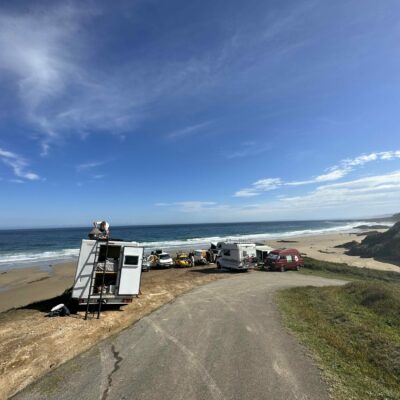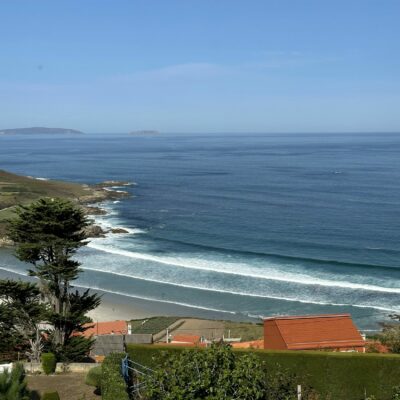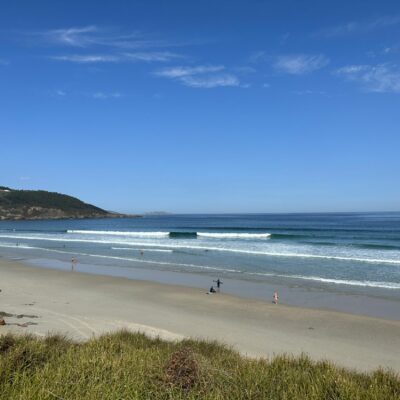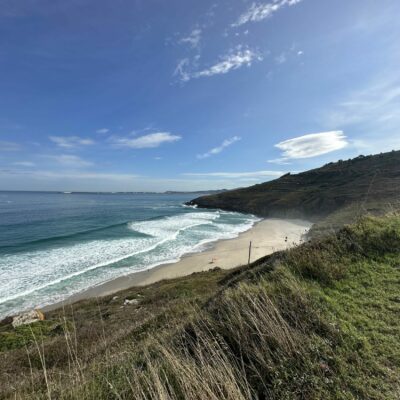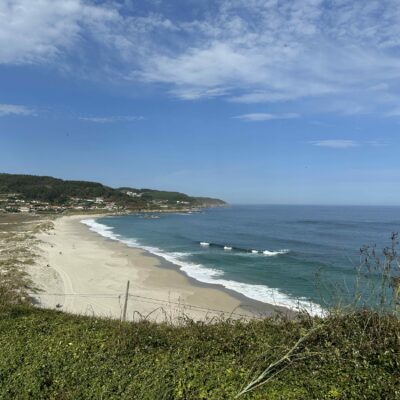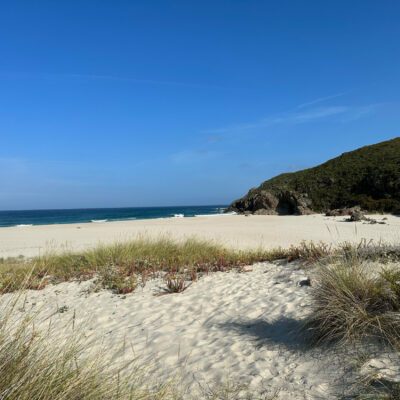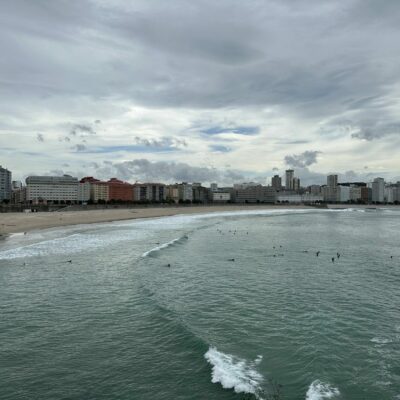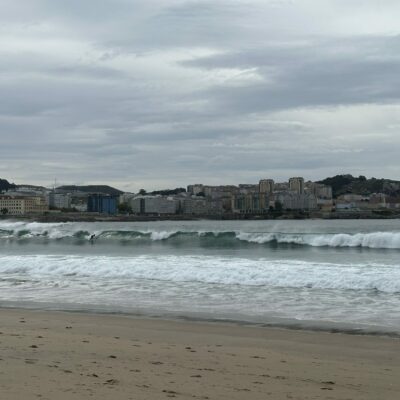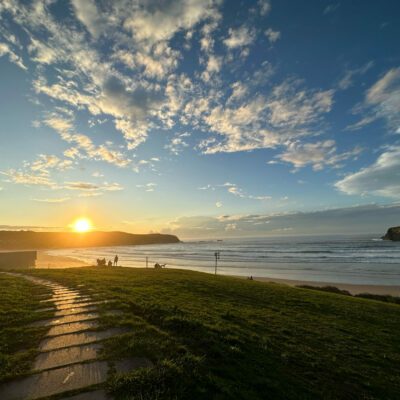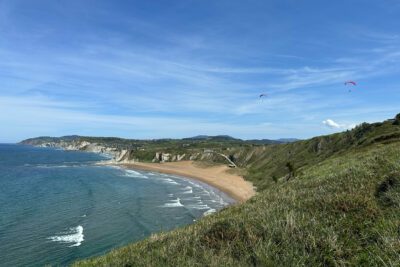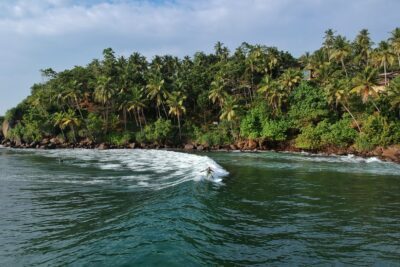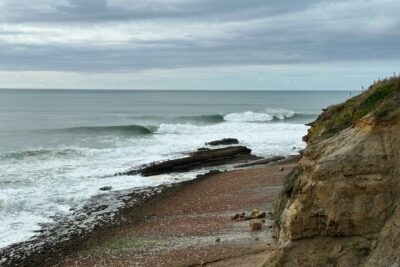1. The Ultimate Guide to Surfing Galicia – Northern Spain
Galicia is the most north-western part of the mainland of Spain. It is not as touristy as other regions of Spain, mainly known for its raw and wild nature, the way of Jacob, and a true paradise for nature lovers, campers, and surfers. Here you still find remote, huge stretches of beaches that offer several peaks for surfing and less crowded lineups in comparison to France and Portugal.
2. Galicia Coastline & Surf Regions
The coastline is characterized by raw untouched lush landscapes. Concrete in front of the beach as you might know it from the more touristy regions in the south of Spain you barely find except in A Coruña, the most north-western city of Spain with roughly a quarter million inhabitants. Its city beach Playa del Orzán is a relatively exposed beach break that picks up swell from different directions. A Coruña has a small airport. Another option to fly into Galicia is by traveling to Santiago de Compostela, a city about a 1-hour drive inland from the coastline. Alternatively, you can fly to Porto (Portugal) and travel by car or public transportation cross-border direction north.
A Coruña to Malpica – Northern Galicia
Heading west from A Coruña in the direction of Malpica, you find many bays and beaches facing the Atlantic Ocean direction north. The most popular one along the way is Razo, an incredibly long beach that works quite consistently year-round. There are some surf schools, camps, and restaurants close by and you can park right in front of the beach which makes Razo a great place, offering a good mixture of infrastructure and nature.
Just a short drive from Razo, you will find Praia dos Riás and Aviño – an incredibly raw and rugged beach, without any sightable concrete around. Into the wild, just you and nature, perfect for camping.
Other spots worth checking out along the way are Valcobo, Barrañán, Caión,
Malpica to Fisterra – Western Galicia
Heading down the coastline direction south from Malpica, you will find the surf spots Soesto, Nemiña, and Praia do Rostro.
Louro to Ribeira – Western/Southern Galicia
Continuing to travel down south, check out O Pindo, Praia de Carnota, Larino, and Louro. Louro (Area Maior Beach) is an incredibly picturesque beach that looks similar to certain parts of Cape Town, South Africa in terms of landscape and vegetation.
From Louro, it is about an hour’s drive around the bay Ria de Muros y Noya until you reach As Furnas / Río Sieira and Queiruga.


